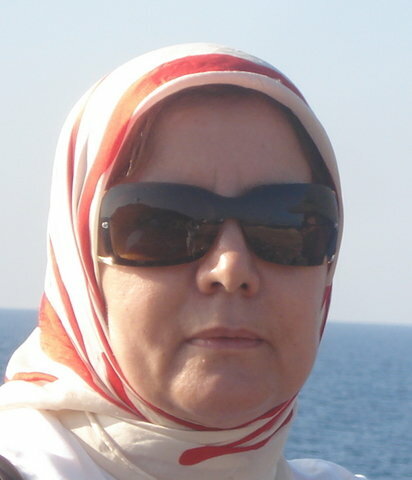What are the causes of drought in the eastern region of Morocco ?

Amina Benzekri

The eastern region of Morocco experiences drought due to a combination of natural and human causes. Some of the main causes of drought in this region are:
Low rainfall: The eastern region of Morocco is characterized by a semi-arid to arid climate, with low annual rainfall. The region receives an average of 200-400mm of rainfall per year, which is not enough to support agriculture and other forms of economic activities.
Climate change: The eastern region of Morocco, like many other parts of the world, is experiencing the impacts of climate change. The increase in global temperatures is leading to more frequent and severe droughts, which are exacerbating the water scarcity issues in the region.
Deforestation: The region has been subject to extensive deforestation over the years, which has led to soil erosion and reduced water retention capacity. This has resulted in a decline in soil moisture levels and groundwater recharge, leading to water scarcity.
Agricultural practices: Unsustainable agricultural practices such as overgrazing, monoculture, and excessive use of water for irrigation have also contributed to the water scarcity in the region. These practices have led to soil degradation and reduced groundwater levels, which are essential sources of water in the region.
Population growth: The eastern region of Morocco has experienced a significant population growth in recent years, which has increased the demand for water for domestic and industrial use. This has put a strain on the already limited water resources in the region.
How can this problem be solved?
Drought is a complex issue that requires a comprehensive approach and a combination of short-term and long-term solutions. Here are some ways that could potentially help alleviate the problem of drought in the eastern region of Morocco:
Improving water management: The efficient management of water resources is essential to overcome the problem of drought. This includes the development of infrastructure for water storage, conservation, and distribution. Building dams, reservoirs, and irrigation systems can help conserve water and ensure its availability during dry seasons.
Promoting sustainable agriculture: Drought-resistant crops and farming practices that use less water can help sustain agriculture in the region. Planting drought-tolerant crops like barley, sorghum, and millet can help improve food security and increase the income of farmers.
Encouraging reforestation: Planting trees in the region can help to restore degraded land and increase soil moisture. This can help to reduce the severity of droughts and improve the quality of life for local communities.
Promoting conservation measures: Encouraging communities to conserve water resources and use them wisely can help to reduce the overall demand for water in the region. This can include implementing water-saving technologies and promoting awareness campaigns to encourage more responsible water use.
Investing in research: Conducting research into the causes and effects of drought in the region can help to develop more effective and sustainable solutions. This can include research into new farming practices, the use of drought-resistant crops, and the development of new technologies for water management and conservation.
Overall, solving the problem of drought in the eastern region of Morocco requires a multi-faceted approach that involves the participation of all stakeholders, including the government, communities, and researchers. By implementing a combination of these solutions, it is possible to alleviate the effects of drought and promote sustainable development in the region.





Aucun commentaire